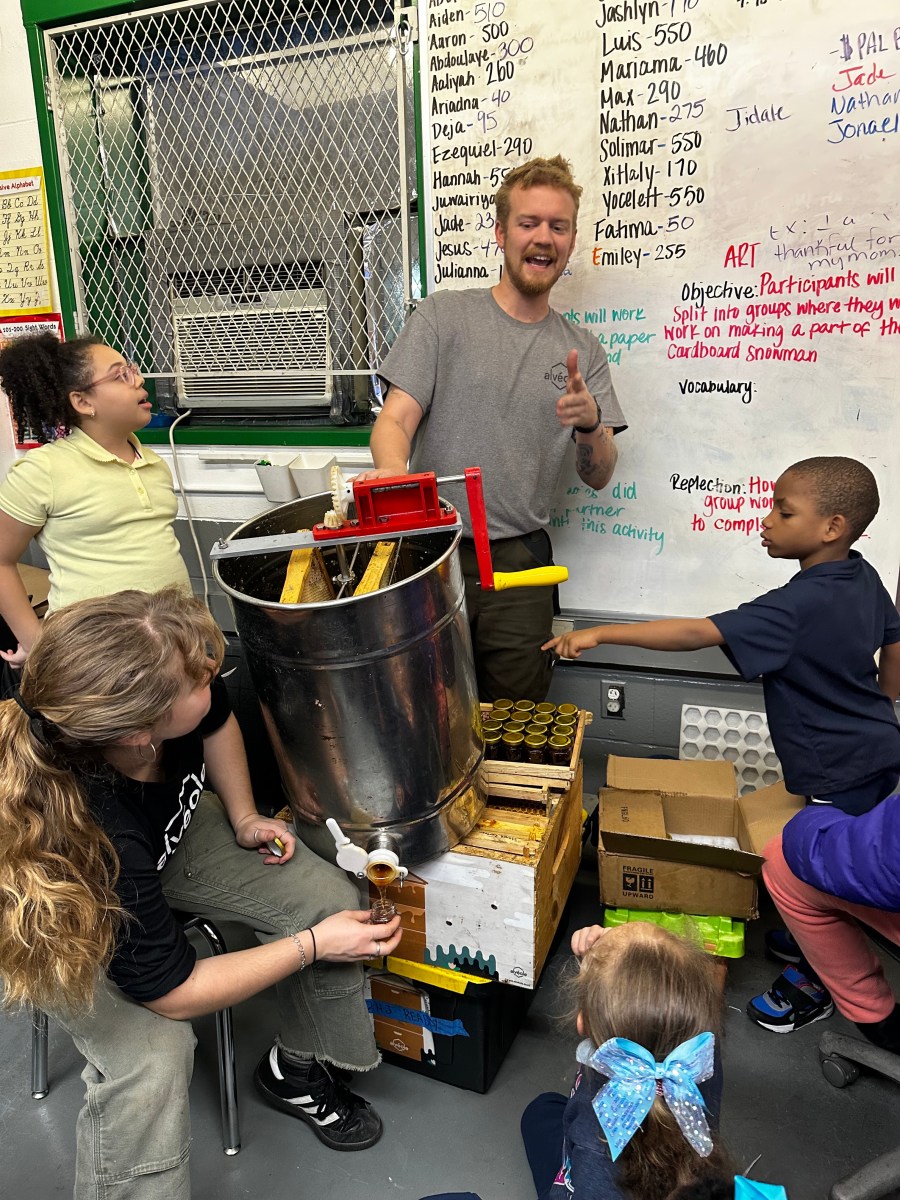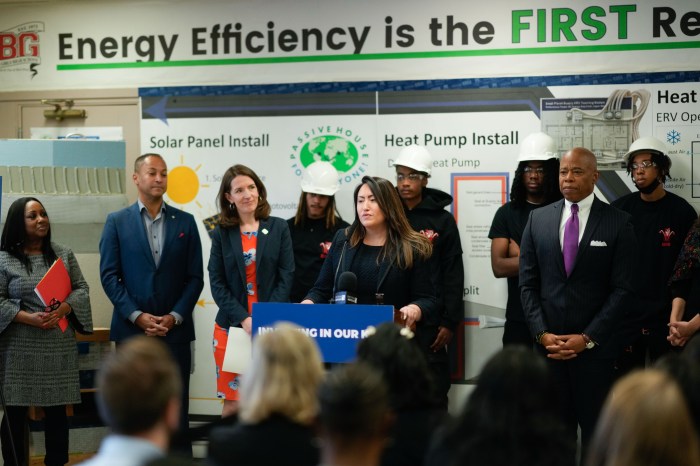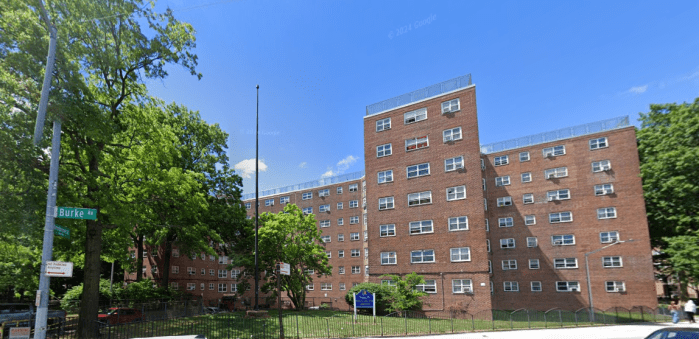BY RENE SING
The COVID-19 pandemic has dramatically changed the face of higher education. I know this firsthand—as a photography student at LaGuardia Community College, my education has been turned upside down. While many have focused on the logistics of distance learning and eventual reopening of colleges, the pandemic also presents a ripe opportunity to more systemically reconsider and reconfigure our education system to better serve students like me. If leaders gain a deeper understanding of what it is to be a student in the United States today, they can more effectively broaden access to higher education and the educational resources students like me need to succeed.
In the United States, the cost of higher education is notoriously—and often prohibitively—high. This is truer than ever, as the pandemic-plagued economy has led to financial insecurity for many students.
At the center of the problematic cost of college is the absence of widespread affordable education resources (textbooks, media, software, etc.). Expensive resources make it even harder for already-cash-strapped students to get what they need to learn effectively. Plus, too often, students have limited access to and input on the design of the educational resources they pay so much for.
Since the pandemic hit, students participating in the Accelerated Study in Associate Programs (ASAP) at LaGuardia Community College had to overcome several hurdles to make use of their bookstore accounts. In many cases, they did not get the required texts due to a complex purchasing process aggravated by the pandemic. In truth, the bookstore account was already a problem before the pandemic; it was unresponsive to the need for dynamic content and it locked students and teachers into a narrow grid of corporate suppliers.
In addition, not all students are positioned to adequately participate in distance learning courses—as they may lack access to the Internet, devices, or other equipment—all of which calls attention to deeper socioeconomic inequities. The emergency shift to distance learning during the pandemic has highlighted the importance of ensuring that resources respond to a wide cross-section of student needs and realities, especially in a world confronted by deep systemic stress.
As a photography student, not having access to studio space has been my most serious pandemic-related constraint. I’ve had to be creative about finding alternatives to studio time and complementing our instructor’s guided online sessions with freely available, openly licensed resources—from videos to texts. These open educational resources allow me to shape my own learning experience, contribute my own knowledge and perspectives to them, and have permanent access to them—with no expiration date to worry about.
The current moment calls for a deep exploration of what educational resources should look like and do in the digital age, and open educational resources are one viable path forward worth exploring. The tall order of the day is to take advantage of this time of massive change to address the longstanding inequities of higher education. It is critical that we do so with students as speaking part actors. It is learning resilience through resilient learning.







































